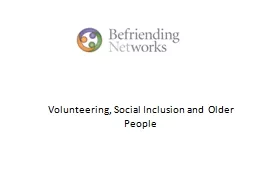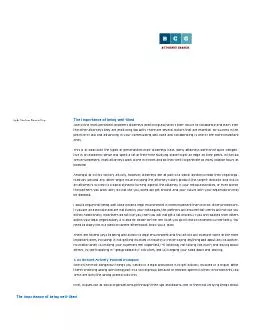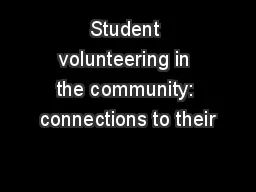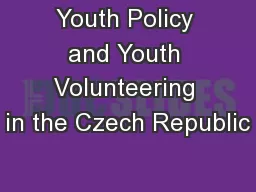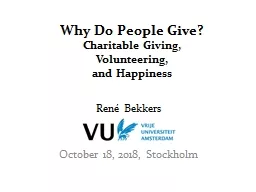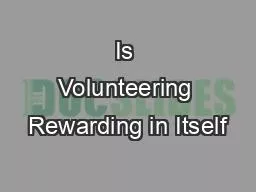PPT-Volunteering and well-being
Author : alida-meadow | Published Date : 2016-03-17
Cristina Rosemberg New Directions in Welfare II 8 July Paris Motivation Explore potential positive effects of participating on civic engagements and of taking a
Presentation Embed Code
Download Presentation
Download Presentation The PPT/PDF document "Volunteering and well-being" is the property of its rightful owner. Permission is granted to download and print the materials on this website for personal, non-commercial use only, and to display it on your personal computer provided you do not modify the materials and that you retain all copyright notices contained in the materials. By downloading content from our website, you accept the terms of this agreement.
Volunteering and well-being: Transcript
Download Rules Of Document
"Volunteering and well-being"The content belongs to its owner. You may download and print it for personal use, without modification, and keep all copyright notices. By downloading, you agree to these terms.
Related Documents



